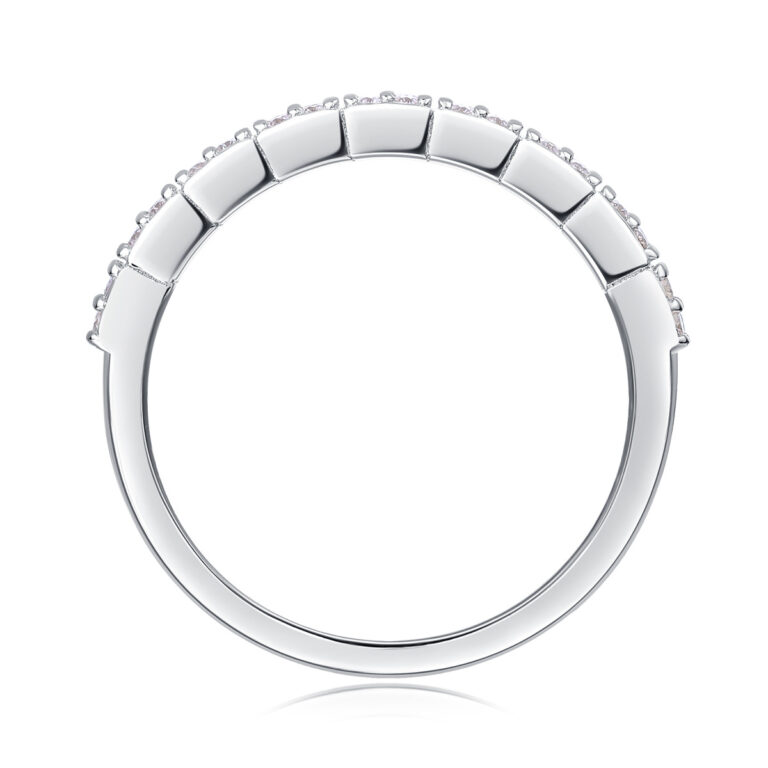
Introduction
The e-commerce industry is booming faster than ever. With millions shopping online daily, many entrepreneurs want to start their own businesses but struggle to find reliable suppliers or build a functional online store. For dropshipping—a low-risk business model—choosing the right turnkey dropship website and supplier can make or break your success. This article will walk you through how to pick a turnkey dropshipping platform and partner with suppliers that offer winning products, ensuring your store stands out in a competitive market.
Table of Contents
- Key Factors to Evaluate a Dropshipping Supplier
- Winning Products
- Detailed Product Information
- Inventory Availability
- Responsive Customer Service
- Cost Efficiency & Quality
- Essential Features of a Turnkey Dropship Website
- Homepage
- Product Categories
- Product Pages
- Shopping Cart
- Payment Gateway
- Order Management
- Customer Support
- Turnkey Dropship Website Options
- All-in-One Platforms
- Open-Source Solutions
Key Factors to Evaluate a Dropshipping Supplier
1. Winning Products
Your store’s success hinges on selling products customers actually want. A supplier offering winning products—trendy, high-demand items—gives you an edge. Look for suppliers that:
Update their catalog frequently with fresh designs.
Provide data on best-selling items.
Offer niche products with less competition.
If you’re selling jewelry, a supplier offering fashionable customizable necklaces or smartwatch accessories (popular in 2024) has an advantage over one that only sells traditional earrings.
2. Detailed Product Information
Rich product descriptions, high-quality images, and specs (size, material, usage) are non-negotiable. Poorly described items lead to confused customers and low conversion rates. Ensure your supplier provides:
customer-friendly titles and descriptions.
Multiple images (including lifestyle shots).
Videos or 360-degree views (if possible).
Pro Tip: Use tools like Photoshop to enhance product visuals if your supplier’s content is lacking.
3. Inventory Availability
A supplier with warehouses in your target region ensures faster shipping. For example, if most customers are in the U.S., partnering with a U.S.-based supplier slashes delivery times. Benefits include:
Lower return rates (customers get items quickly).
Higher satisfaction (no one likes waiting weeks).
Better conversion rates (fast shipping is a selling point).
4. Responsive Customer Service
Dropshipping means your supplier handles order fulfillment. If they’re slow to respond to returns or shipping issues, your reputation takes a hit. Test their responsiveness by:
Sending pre-sales questions.
Asking about their return policy.
Checking reviews on search engine like Google.
5. Cost Efficiency & Quality
Balancing affordability and quality is tricky but vital. A $5 phone case might seem profitable, but if it cracks easily, you’ll face returns and negative reviews. Prioritize suppliers who:
Offer competitive wholesale prices.
Provide samples for quality checks.
Have transparent pricing (no hidden fees).
Essential Features of a Turnkey Dropship Website
1. Homepage
Your homepage is your digital storefront. It should:
Clearly state your brand’s mission.
Highlight promotions or bestsellers.
Include trust badges (e.g., “Secure Checkout”).
2. Product Categories
Organize products into intuitive categories (e.g., “Necklace” or “Earring”). Use filters (price, color, size) to help users narrow choices quickly.
3. Product Pages
The product details page is crucial. Users rely on it to find complete product specifications, including price, dimensions, weight, and other vital parameters. Engaging product content is essential for driving sales conversions. A well-written product description that addresses customer concerns significantly improves conversion rates. Enhance the product page with compelling images, descriptive text, and ideally, a product video. Comprehensive product information builds customer confidence and replicates the informed buying experience of a traditional store.
4. Shopping Cart
A smooth cart experience reduces abandonment. Features to look for:
Edit options (quantity, color).
Coupon code fields.
Estimated delivery dates.
5. Payment Gateway
Support multiple payment methods (Credit/Debit, PayPal, Apple Pay). Localize options—for instance, offer Alipay for Chinese customers or Klarna for European shoppers.
6. Order Management
It is necessary to receive and manage user order information. Once the user’s order payment is confirmed, all relevant details should be clarified, including the goods, quantity, and specifications ordered. Subsequently, goods should be procured from suppliers, and the order process should be completed. Order management requires the transition of order status, ideally with synchronized logistics information. Additionally, any other situations that arise during the order service process, such as handling returns or exchanges, should also be managed within the order management module.
7. Customer Support
Offer live chat, email, and a FAQ section. Quick responses build trust and reduce cart abandonment.
Turnkey Dropship Website Options
1. All-in-One Platforms
The first option is to choose a large, mature platform that provides all the basic services and charges a software service fee, with some platforms also charging per order. The advantage of selecting a turnkey dropship website on a large platform is that it is hassle-free, but the disadvantage is that it lacks flexibility, offering limited space for personal optimization.
2. Open-Source Solutions
WordPress (with WooCommerce) or Magento offers full control over design and functionality:
Pros: No transaction fees, scalable for growth.
Cons: Requires tech skills, longer setup time.
Final Thoughts
Picking the right turnkey dropship website and supplier isn’t just about convenience—it’s about aligning with partners who help you scale. Focus on suppliers with winning products and reliable service, and choose a platform that balances ease-of-use with flexibility. Whether you opt for All-in-One Platforms simplicity or WordPress’s customization, your goal is the same: a store that converts visitors into loyal customers.
Ready to start? Test suppliers with small orders, explore platforms before cooperating.


























